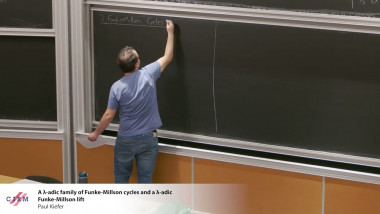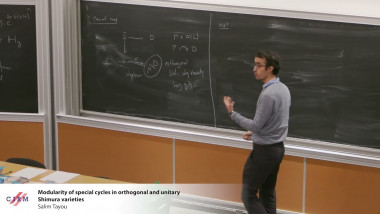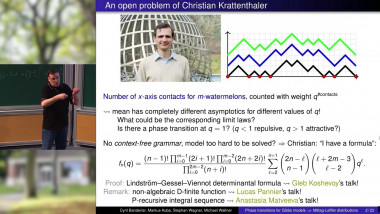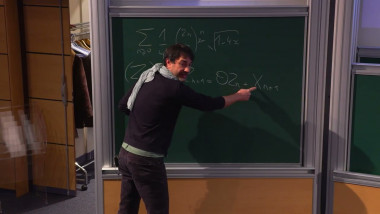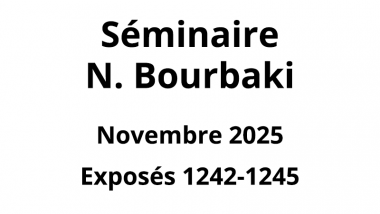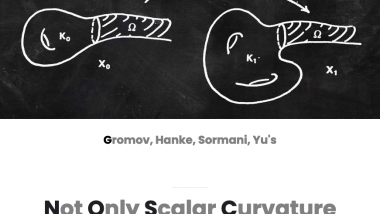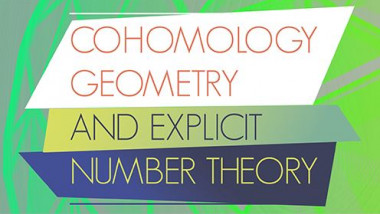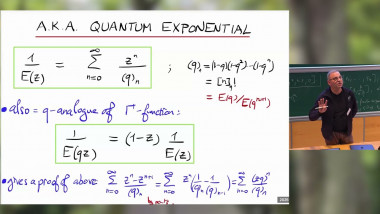Appears in collection : Jean-Morlet Chair 2020 - Workshop: Discrepancy Theory and Applications - Part 1 / Chaire Jean-Morlet 2020 - Workshop : Théorie de la discrépance et applications - Part 1
In the 40s R. Feynman invented a simple model of electron motion, which is now known as Feynman's checkers. This model is also known as the one-dimensional quantum walk or the imaginary temperature Ising model. In Feynman's checkers, a checker moves on a checkerboard by simple rules, and the result describes the quantum-mechanical behavior of an electron.
We solve mathematically a problem by R. Feynman from 1965, which was to prove that the model reproduces the usual quantum-mechanical free-particle kernel for large time, small average velocity, and small lattice step. We compute the small-lattice-step and the large-time limits, justifying heuristic derivations by J. Narlikar from 1972 and by A.Ambainis et al. from 2001. The main tools are the Fourier transform and the stationary phase method.
A more detailed description of the model can be found in Skopenkov M.& Ustinov A. Feynman checkers: towards algorithmic quantum theory. (2020) https://arxiv.org/abs/2007.12879
